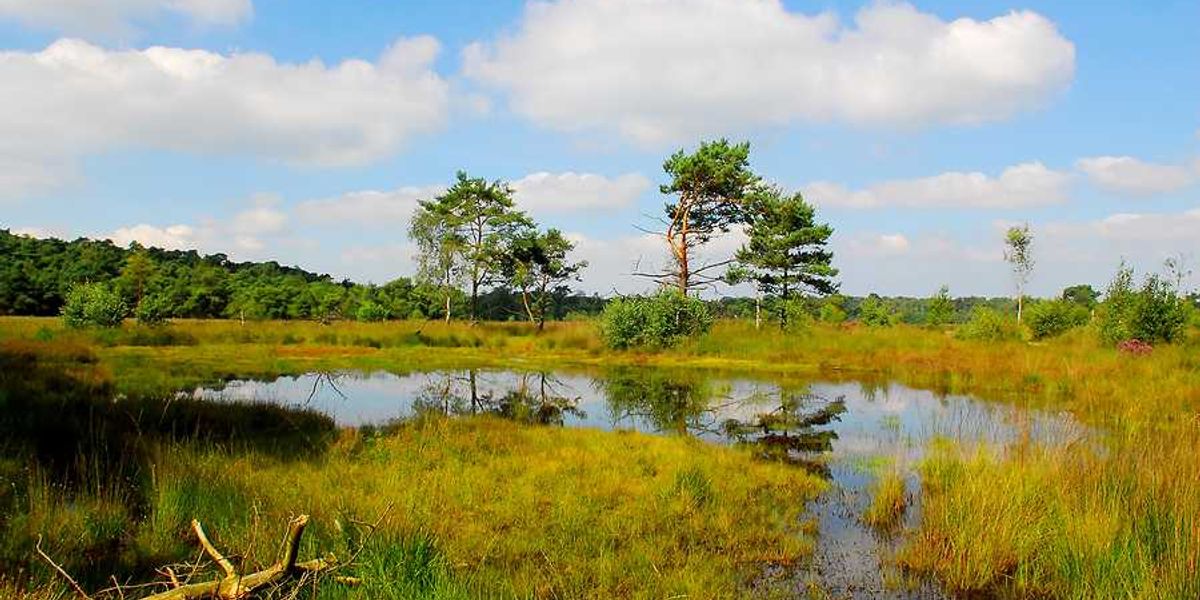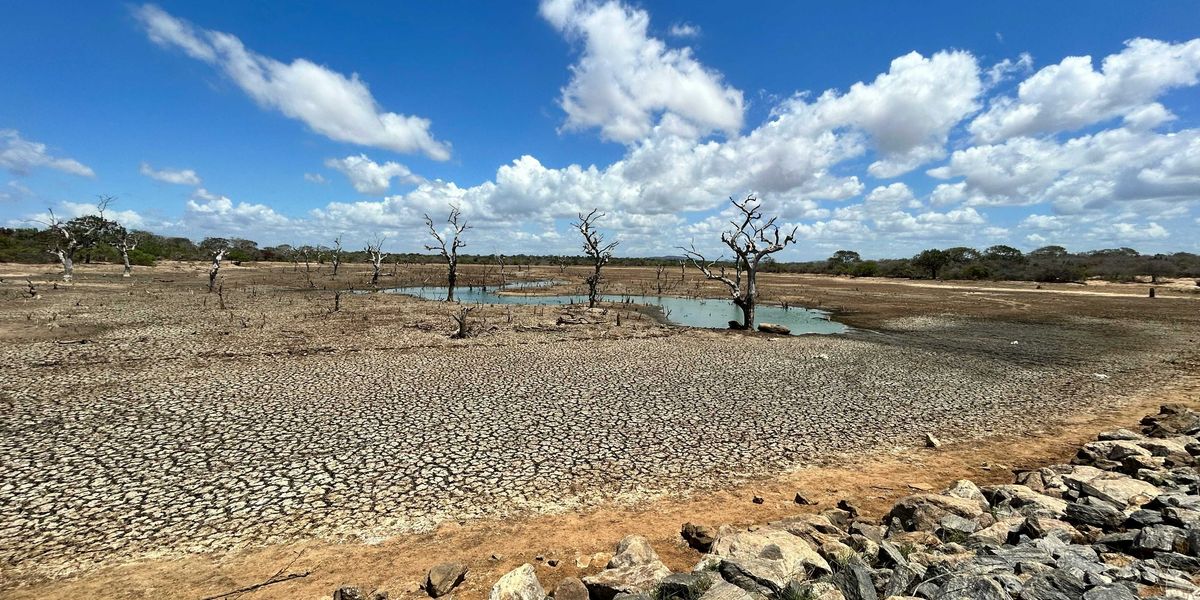Trump’s energy council operates quietly while reshaping fossil fuel policy
President Donald Trump’s National Energy Dominance Council, created to expand fossil fuel infrastructure and reduce regulations, has remained largely opaque in its actions and leadership nearly 100 days after its launch.
Carlos Anchondo and Ian M. Stevenson report for E&E News.
In short:
- The National Energy Dominance Council, chaired by Interior Secretary Doug Burgum, has no public meeting records, clear staffing details, or website, raising questions about its transparency and daily operations.
- The council has supported major fossil fuel projects, including the stalled Constitution pipeline and Alaska liquefied natural gas, while pushing agencies to accelerate infrastructure permits and remove regulatory hurdles.
- Critics say the reliance on executive orders limits long-term policy impact, especially for infrastructure that takes years to develop, and point to policy whiplash between administrations as a deterrent to investment.
Key quote:
“It’s not particularly transparent.”
— Roger Pielke Jr., senior fellow at the American Enterprise Institute
Why this matters:
How a president shapes energy policy can have deep, lasting effects on both the environment and the economy — but how that policy gets made matters just as much. The National Energy Dominance Council is a high-level advisory body with significant influence over U.S. energy decisions, yet its operations are largely hidden from public view. This lack of transparency makes it difficult for citizens, advocates, and even lawmakers to track how energy strategies are being crafted and who is making those decisions. At stake are major fossil fuel infrastructure projects — pipelines, LNG terminals, and drilling operations — that can contribute to climate change, air and water pollution, and community disruption. While supporters of the council tout reduced energy prices and streamlined permitting, critics argue that bypassing legislative processes weakens oversight and creates instability for developers and communities alike.
Related: Oil executive without Senate approval reshapes Interior while holding energy investments













